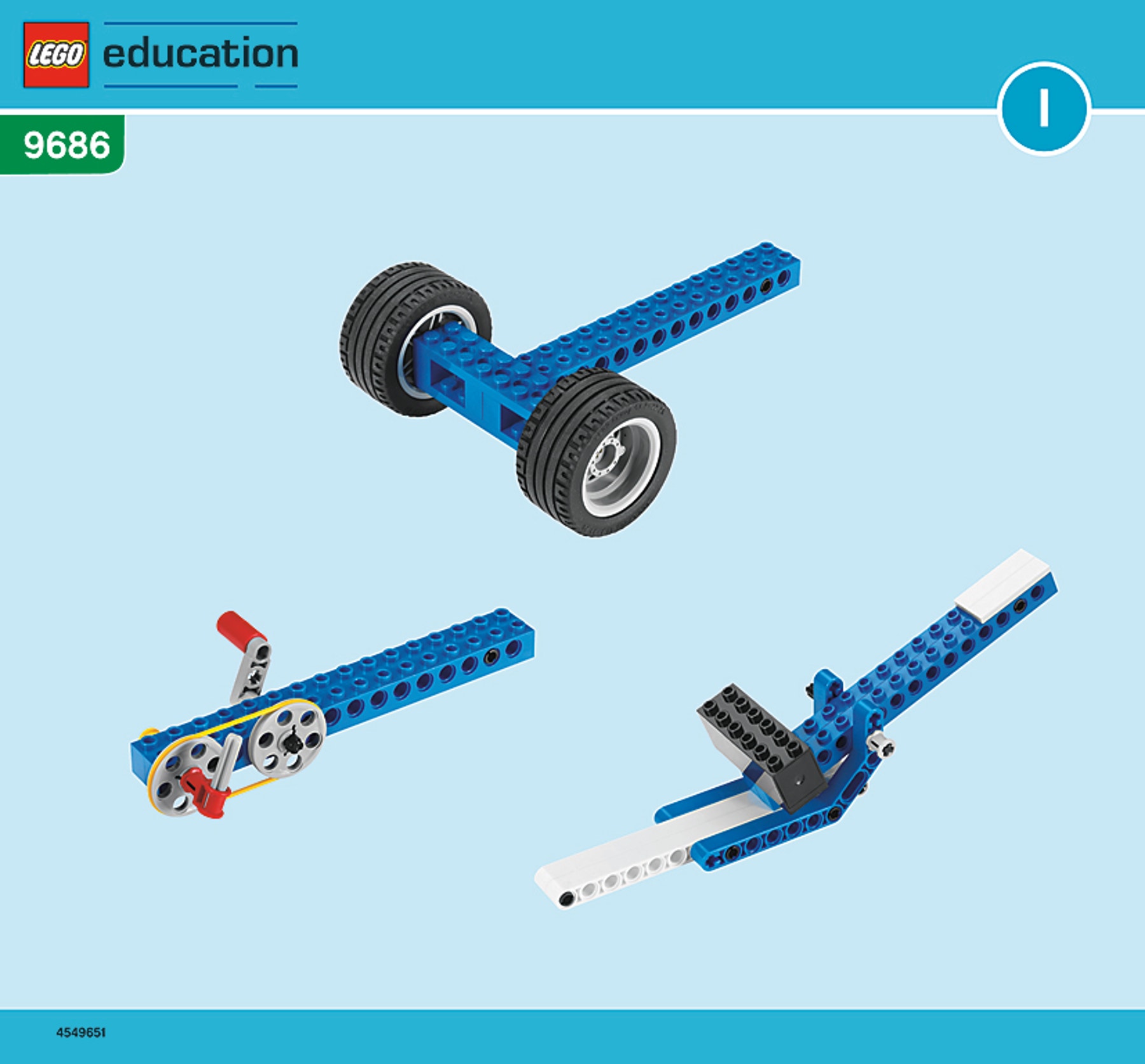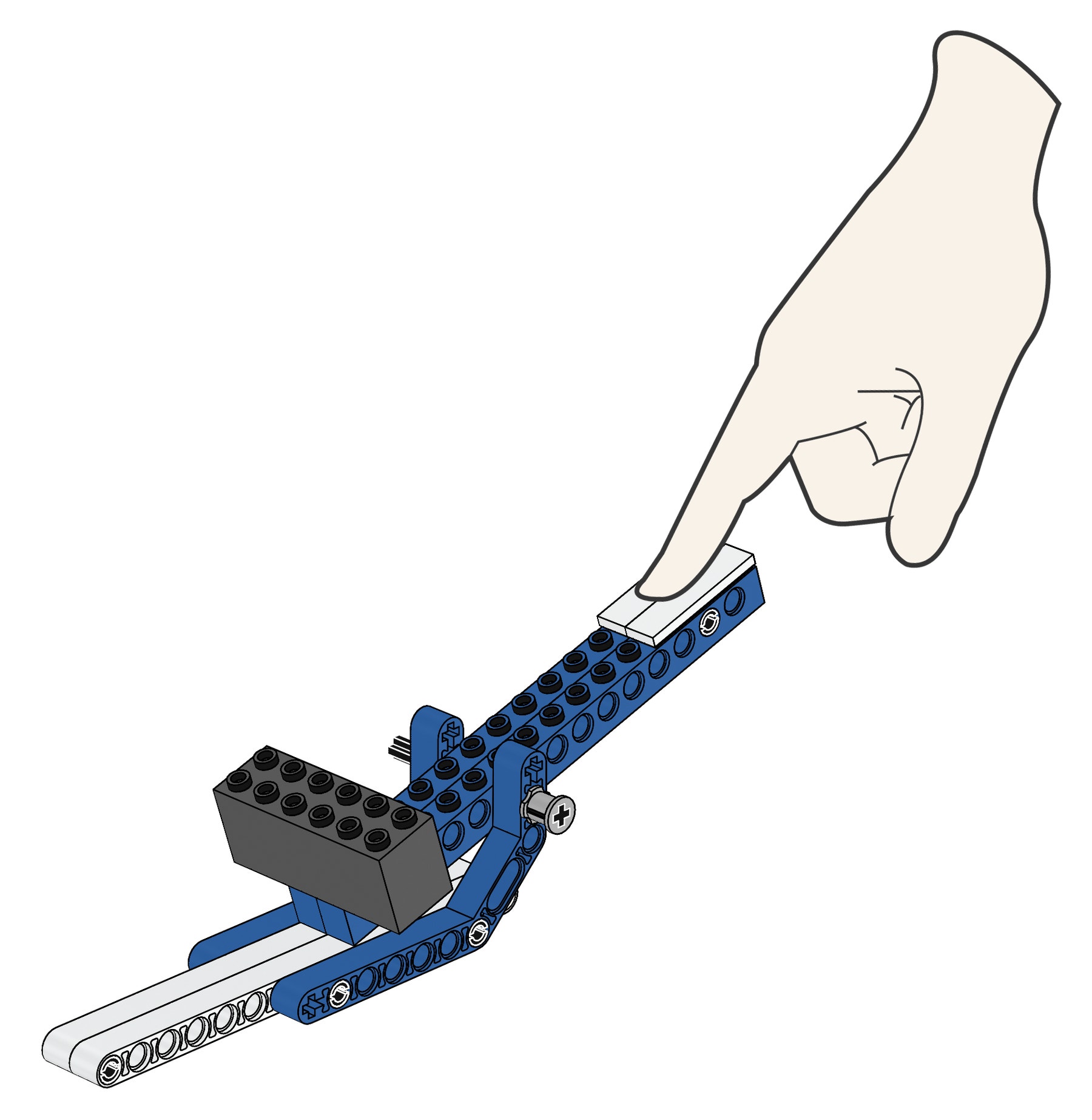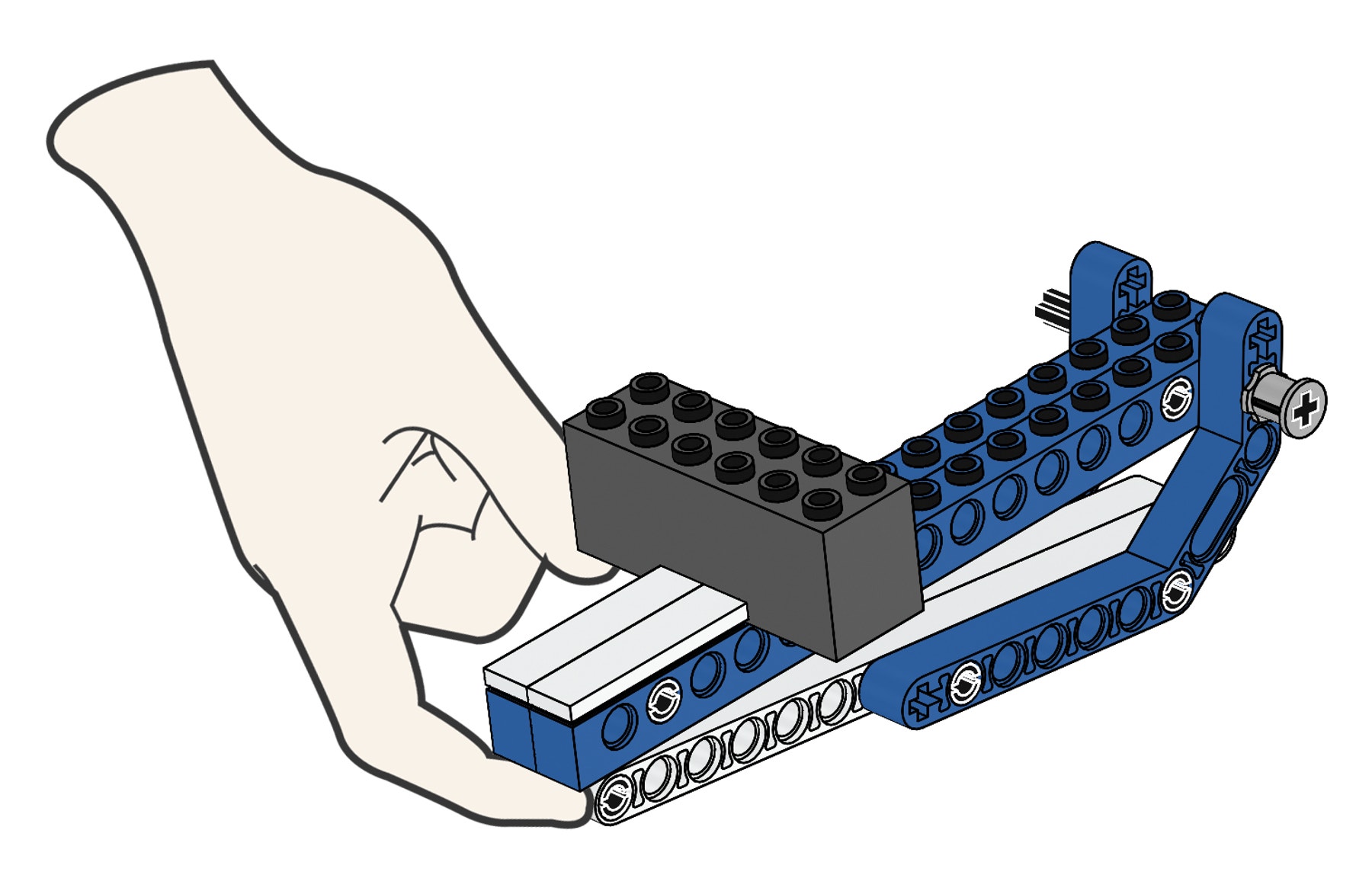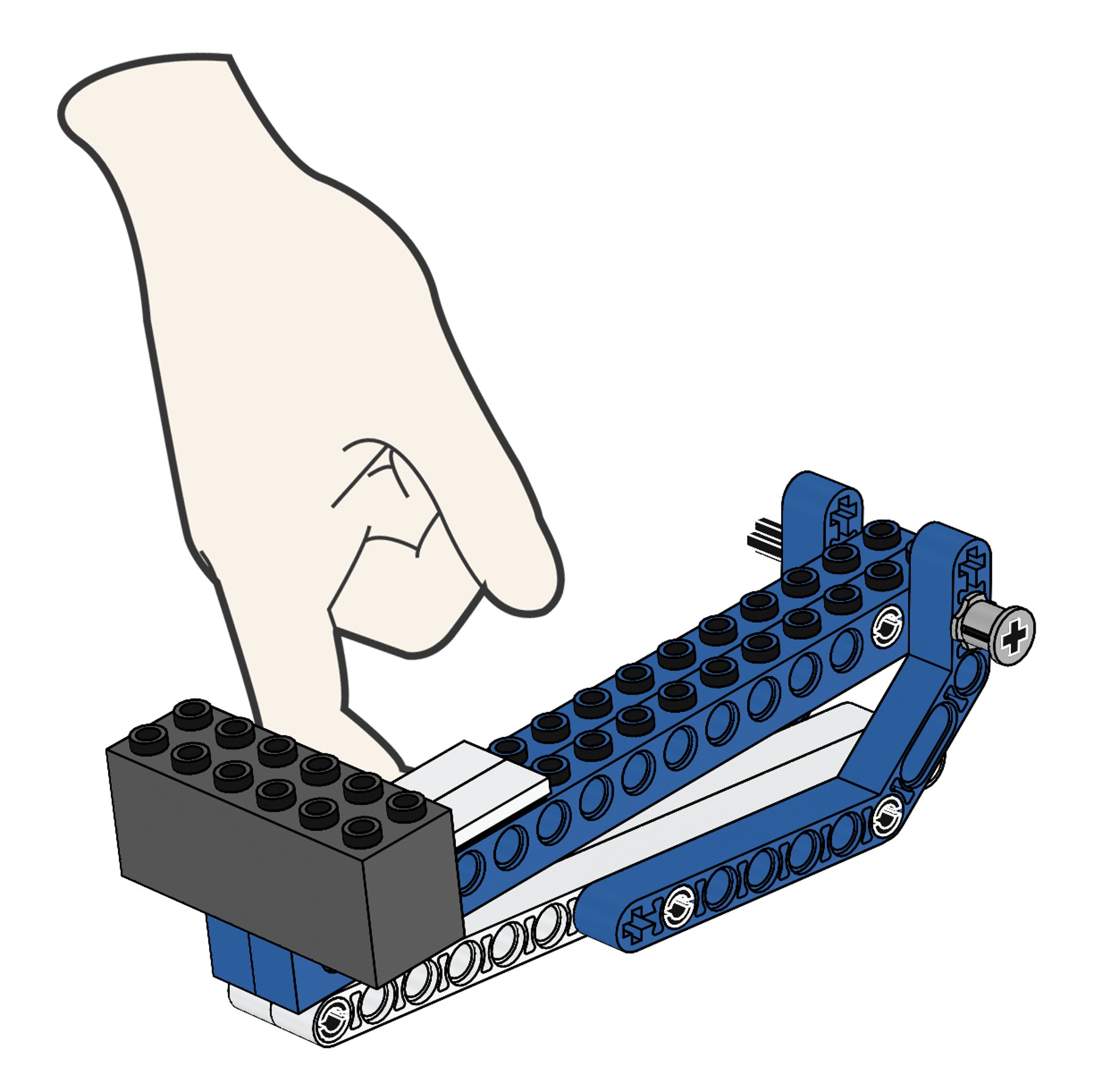Lever
The lever is a simple machine that can be used to change the force that is applied (effort), alter the direction, and change the distance of movement.

Connect
(5-10 Minutes)
Simple Machines: Lever
The lever is probably the most commonly used simple machine. A lever is a rigid bar or solid object that is used to transfer force.
With a pivot, the lever can be used to change the force that is applied (effort), alter the direction, and change the distance of movement. Effort, a pivot, and a load are three features that are common in every lever.
Depending on the positions of these shared features, you can distinguish between first, second, and third class levers.
Did you know?
The term lever derives from the French word levier which means ‘to raise’.
First class levers have the pivot positioned between the effort and the load. Common examples of first class levers include a seesaw, a crowbar, pliers, and scissors.

Second class levers have the pivot and the effort at opposite ends and the load positioned between the two. Common examples of second class levers include nutcrackers, wheelbarrows, and bottle openers.

Third class levers have the pivot and the load at opposite ends and the effort positioned between the two. Common examples of third class levers include tweezers and ice tongs.

Construct
(5 to 10 Minutes)
Build the following models. Use the Contemplate ideas below and on the Student Worksheet to learn about each model, one at a time.
Build A1 book I, page 2 to 3

Contemplate
(10-15 minutes)
A1
This model has a mechanical advantage of 3. It is a first class lever. It has the effort and load at opposite ends with the fulcrum in between.

A2
This model has a mechanical advantage of 1.3. It is a second class lever. It has the effort and fulcrum at opposite ends and the load in between.

A3
This model has a mechanical advantage of 0.8, meaning that a greater effort force is needed to lift the load than the load force. However, the load moves further than the effort. This is a third class lever. It has the fulcrum and load at opposite ends and the effort in between.

Continue
Try other lever lessons!
Now that you have mastered the principles of levers try some of the other lever lessons like Letter Balance.
Teacher Support
Students will learn about:
Using levers to apply force (effort), alter the direction, and change the distance of movement
Effort, pivot and load as three features that are common in every lever
First, second and third class levers
Mechanical advantage of lever
Student Material
Share with:
 Google Classroom
Google Classroom